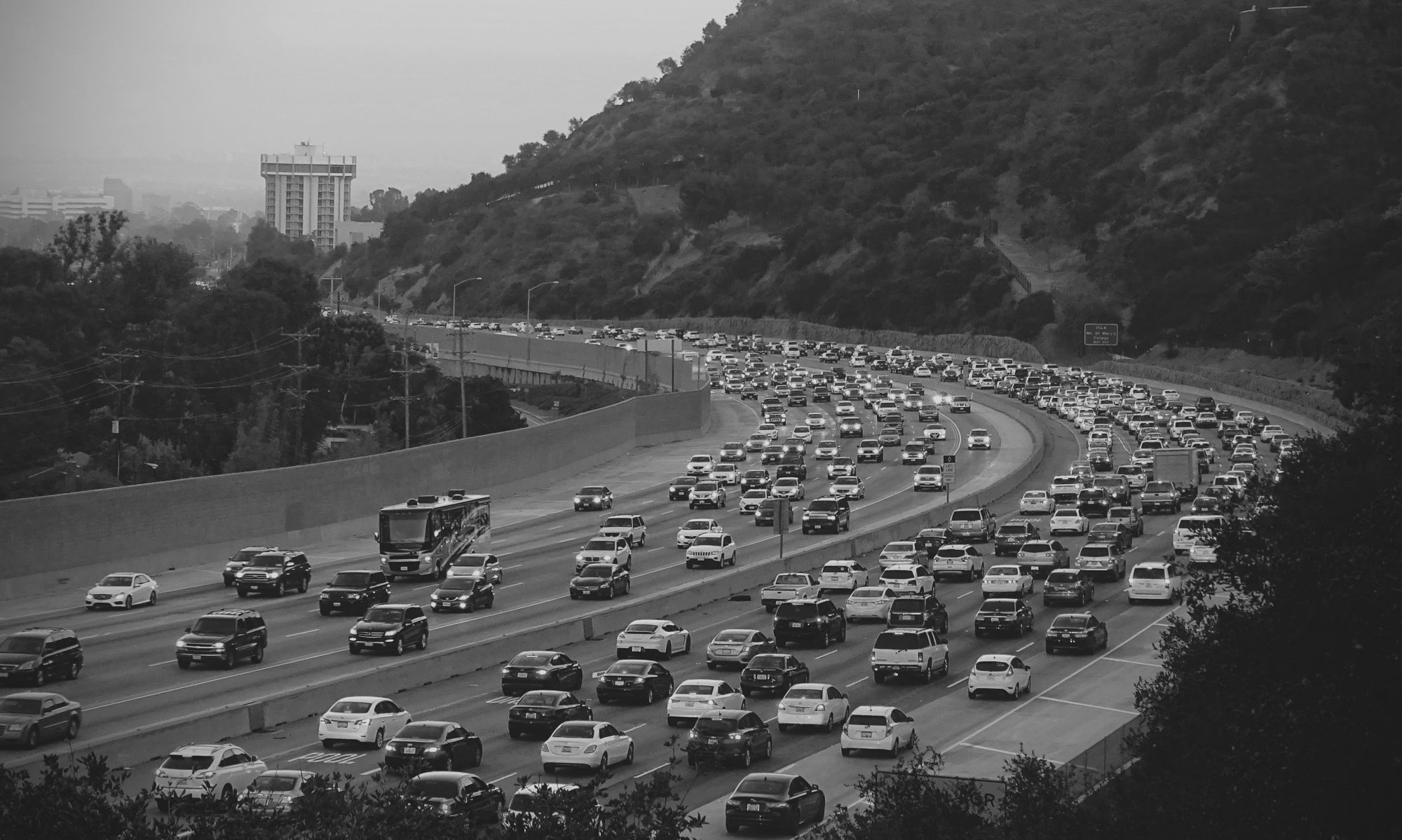On a level 3 SAE vehicle if the driver is responsible for an accident, since the driver is supposed to be aware and intervene if necessary1, then the companies will feel free to develop the technology without any pressure or accountability. Competition between different companies is kept and the evolution tend to be fast.
At this stage, the question is if the driver will react fast enough when required since the reliance on the autonomy of the vehicle might lead to an excess of confidence and lack of attention to the road.
However, driver’s accountability becomes a complicated concept if we’re talking about a level 5 SAE vehicle. On a stage where the advantages of automation may be fully used, it will be possible to integrate people that are not able to drive in a vehicle without an actual driver. Based on these examples, how are we make the driver accountable in case of an accident?
To approach this we should split responsibility between moral and criminal accountability. Relative to the moral accountability there are 2 ideas24 that deserve some attention:
The first one says that since the vehicles are a risk to others, owners/drivers should continue to have accountability over the vehicle. This will force the owner to pay some kind of tax or insurance.
The second one blames the driver in case of an accident. The result or consequences are beyond the driver’s control because one can only be blamed in case of direct intervention. In an example where there is an accident derived from a child running in front of the vehicle, the driver is only accountable if there was any intervention. This second approach is not sustained in itself.
To add to the driver’s accountability, there is the manufacturer accountability that is required to incentive the optimisation of AV. The manufacturer will be, in the end, “the ultimate responsible for the final product”25.
